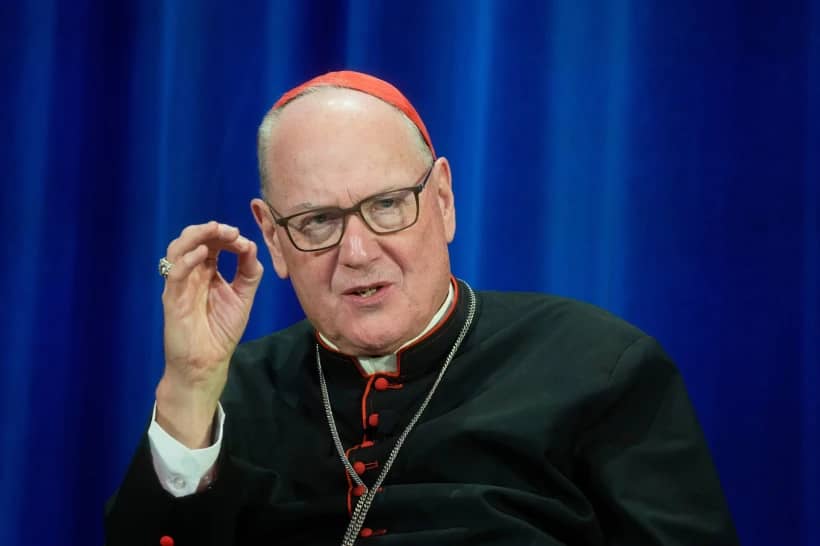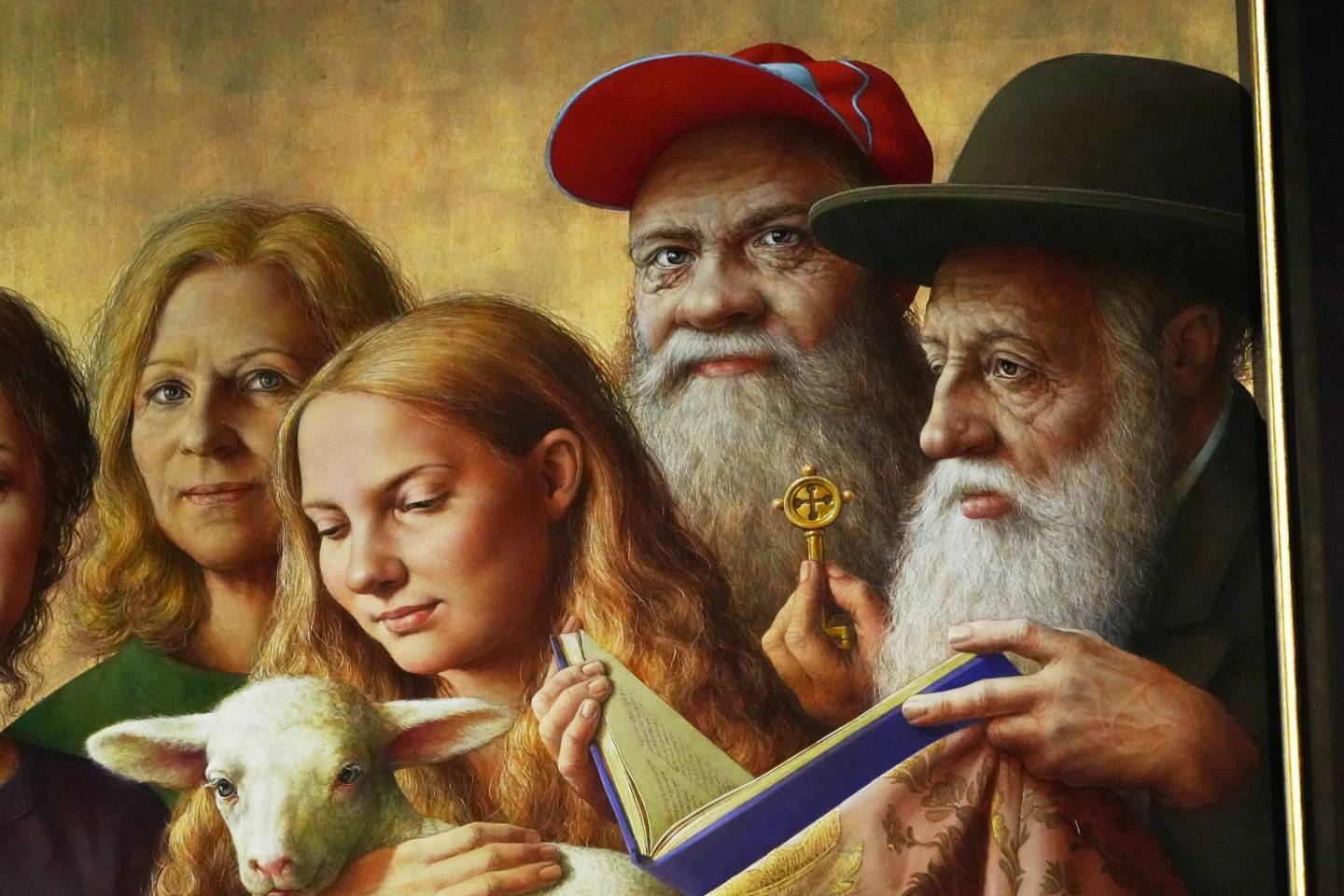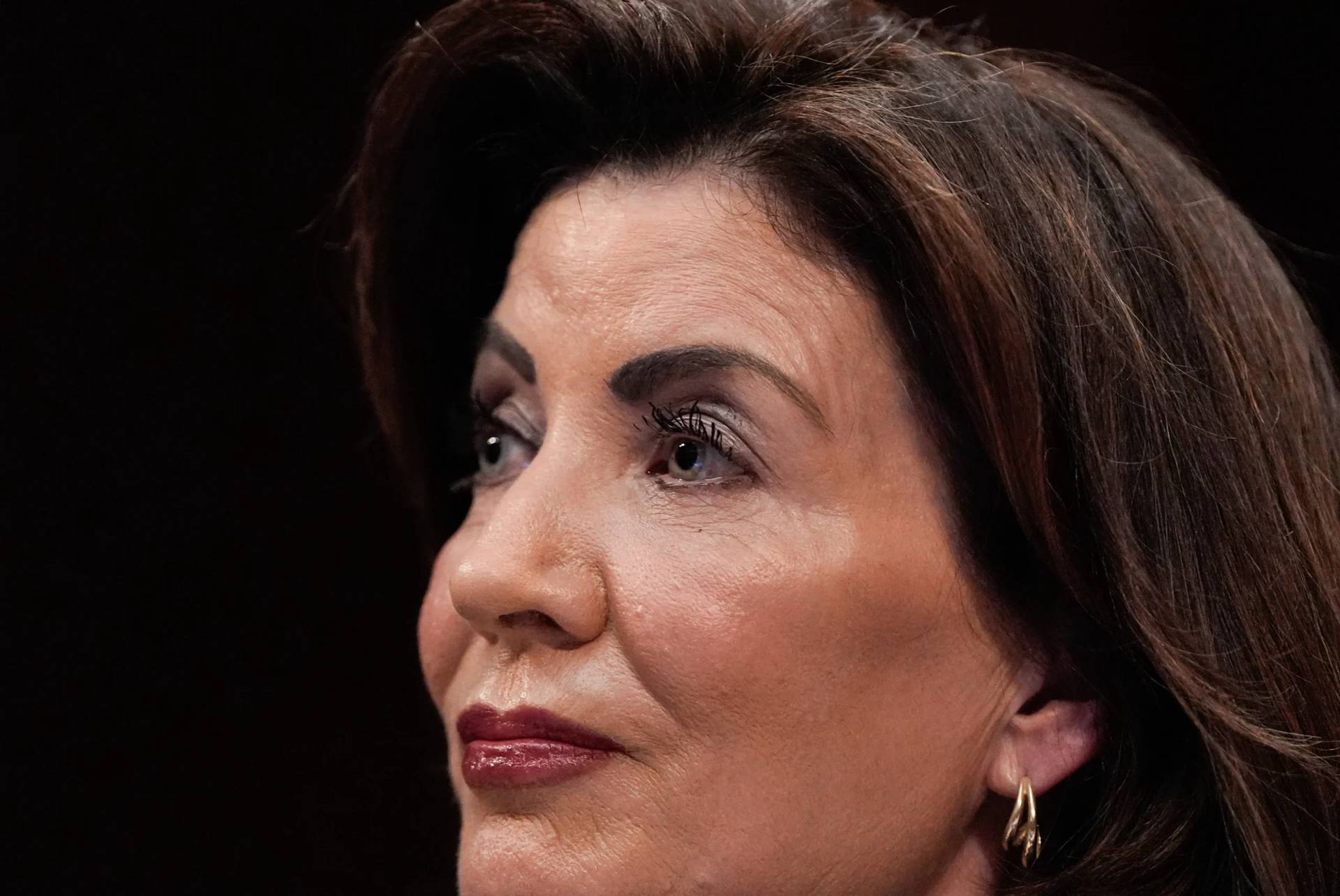This past week the American supreme court ruled that if the government provides money to make school playgrounds safer, it cannot exclude religious schools from receiving those grants simply because they are religious.
That’s a violation of religious liberty, the court decided.
It would also be common sense in almost any other democracy, but in the United States it counts as something of a historic judgement requiring multiple years of litigation winding its way to the highest court.
Americans often think their tradition of religious liberty is uniquely robust.
It is uniquely curious, requiring the supreme court to roll back ever so slightly the policy that children at religious schools ought not to benefit from safer playgrounds. Other countries have better models.
On Saturday, Canada marks the 150th anniversary of its constitution, originally called in 1867 the British North America Act. It took a different path on religious liberty.
Immune from the American allergy to religious institutions cooperating with the state for the common good, the Canadian option guaranteed government support for Catholic schools.
Canada’s sesquicentennial celebration is a reminder that there are different paths for religious liberty to be guaranteed, and that at the time of the American founding, it was the Canadian settlement that was more favourable to religious liberty for the Catholic minority.
After the British victory in 1759 in Quebec, the British Crown was faced with an unusual problem. It now ruled, across the sea, a territory mostly inhabited by French-speaking Catholics.
Indeed, the very viability of those 17th– and 18th-century French colonies depended upon the religious institutions built by the early French missionaries – two of them now saints, Francois de Laval, the first bishop of Quebec, and Marie de l’Incarnation, a pioneer in education for girls and indigenous people.
In Britain, the full practice of the Catholic religion was illegal. Would the same apply in la nouvelle France, now known as Quebec?
King George III took a different decision, motivated by practical necessity rather than any high-minded religious tolerance.
Nevertheless, in 1763 the Treaty of Paris formally ratified British control over Quebec and established the “constitutional” guarantees of religious freedom, as one reads in Article IV:
His Britannick Majesty, on his side, agrees to grant the liberty of the Catholick religion to the inhabitants of Canada: he will, in consequence, give the most precise and most effectual orders, that his new Roman Catholic subjects may profess the worship of their religion according to the rites of the Romish church, as far as the laws of Great Britain permit.
“As far as the laws of Great Britain permit” was a nice touch; the whole point was that the British Crown was going to permit in Quebec what it would not permit at home.
Tolerance for religious minorities was written into the very establishment of Canada, more than a century before the country was established in 1867.
Those provisions were codified in the Quebec Act of 1774, along with the extension of the jurisdiction of the governor of Quebec to the territory between the Ohio and Mississippi Rivers.
The toleration of Catholicism was not welcome among the would-be Americans, who considered the Quebec Act to be one of the “Intolerable Acts” of King George and the British parliament. It would be a significant cause of the American Revolution.
The religious pluralism permitted in Quebec – French and Catholic liberty under a British and Protestant king – predated Catholic emancipation in Britain by more than a half-century. By the time of Canadian confederation in 1867, Catholic life had been restored in Britain. Perhaps because of this, the 1867 British North America Act went further than mere toleration.
To the extent that the government would fund public education, the BNA Act guaranteed funding for minority religious schools – Catholic schools in Ontario and the other Anglophone provinces, and Protestant schools in Quebec, where the public system would be Catholic.
Thus Canada’s constitution recognized at the beginning that religious minorities collectively – not only individuals – had religious liberty.
That was then, and remains today, an important constitutional principle; Religious liberty is not only an individual right – it is not possible to worship alone, let alone to carry out religious education or the corporal works of mercy.
Recent controversies in the United States – from the contraceptive mandate for Catholic institutions to the playground prohibition on religious schools – highlight that religious liberty rights for individuals alone are inadequate to guarantee religious liberty in full.
Today, religious liberty and religious pluralism are under siege the world over. The 150 years – and more – of the Canadian experience has much to offer.
Vigilance is required too, so that heritage might be protected as the acids of secularist authoritarianism threaten to erode a historic achievement.













